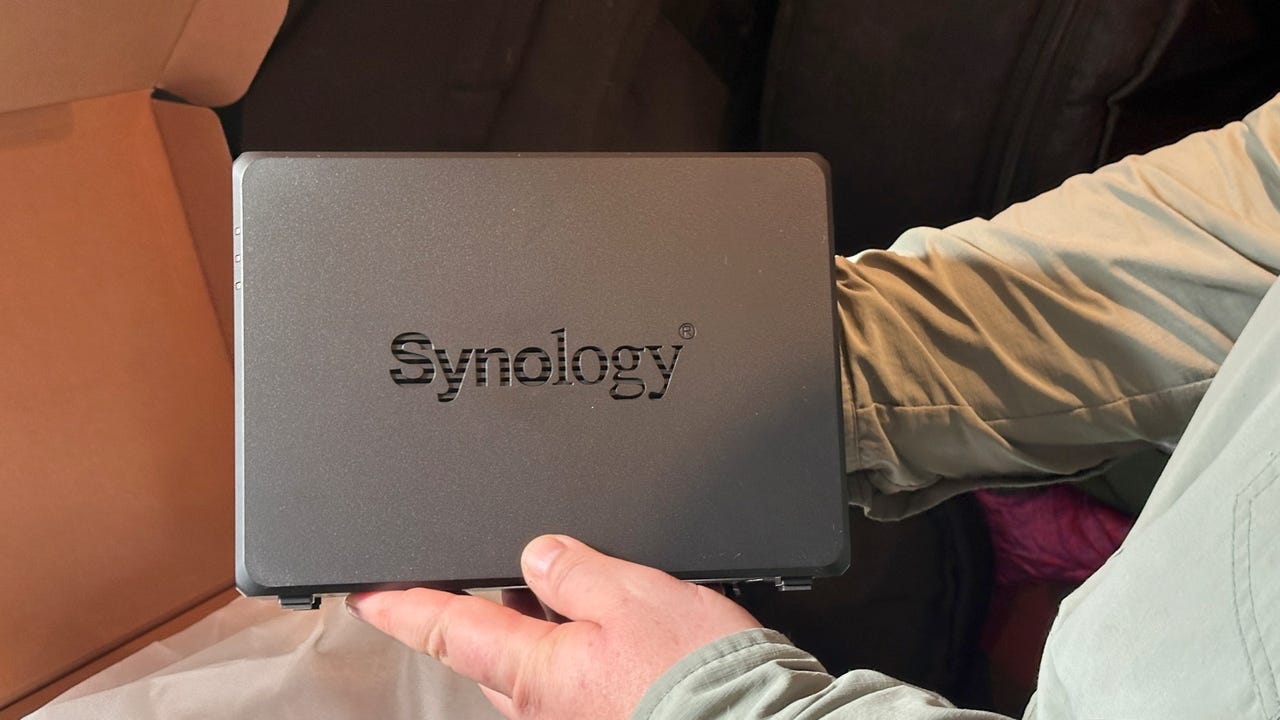'ZDNET Recommends': What exactly does it mean?
ZDNET's recommendations are based on many hours of testing, research, and comparison shopping. We gather data from the best available sources, including vendor and retailer listings as well as other relevant and independent reviews sites. And we pore over customer reviews to find out what matters to real people who already own and use the products and services we’re assessing.
When you click through from our site to a retailer and buy a product or service, we may earn affiliate commissions. This helps support our work, but does not affect what we cover or how, and it does not affect the price you pay. Neither ZDNET nor the author are compensated for these independent reviews. Indeed, we follow strict guidelines that ensure our editorial content is never influenced by advertisers.
ZDNET's editorial team writes on behalf of you, our reader. Our goal is to deliver the most accurate information and the most knowledgeable advice possible in order to help you make smarter buying decisions on tech gear and a wide array of products and services. Our editors thoroughly review and fact-check every article to ensure that our content meets the highest standards. If we have made an error or published misleading information, we will correct or clarify the article. If you see inaccuracies in our content, please report the mistake via this form.
Why you need a NAS storage device for your aging computer (and how to back up data)

Synology DS723+ 2-bay Diskstation NAS
There's nothing like a sad tale of data loss to make me check all my backups are up-to-date and fresh.
Over the past few weeks, I've been helping out a friend with a serious and painful data loss issue. Long story short, a MacBook died, important data was on it, there were no backups, that data has thankfully been recovered, a new MacBook has been purchased, there's a massive squeeze on storage space, and it's now up to me to put in place an effective backup mechanism.
Also: The best NAS devices for massive data storage
The tool that's going to be tasked with the important job of preventing future catastrophes is a Synology DS723+ 2-bay Diskstation NAS equipped with two 12TB hard drives.
This is a beast of a backup system, and it can do a lot. In future posts, I'll cover setting up and tweaking the DS723+ to work for a photographer and videographer, but the first port of call is to get all the data that's on laptops and external hard drives backed up onto the DS723+ NAS box. Before I can perform this task, the device needs to be set up.
And the good news is that the DS723+ is one of the easiest NAS boxes I've ever set up.
View at AmazonSynology DS723+ tech specs
- AMD Ryzen R1600
- 2GB DDR4 ECC
- 2 x RJ-45 1GbE LAN-Port
- 1 x USB 3.2 Gen 1-Port
- Up to 471/225 MB/s sequential read/write throughput
- Compatible with 3.5-inch and 2.5-inch SATA HDDs and M.2 2280 NVMe SSDs
- Compatible with 24TB HDDs
One thing that makes this NAS so easy to set up is that no tools are required to fit the hard drives in the caddies. In fact, the setup process would have been even quicker if I'd read the instructions beforehand and not gone in search of a screwdriver.
Anyway, all you do to fit a drive is unclip two plastic retainers from each side of the caddy, fit the drive, and then replace the retainers. Simple.
I love the tool-free caddies on the Synology DS723+.
The kit also comes with everything you need in the box, which is a nice touch. (Because I'm in the UK, I had to go in search of a power cord as my unit was shipped from the US, but fear not, US readers will be all set.)
Also: I tested this Insta360 car camera mount on a Jaguar XJS, and the results were glorious
You even get a couple of network cables.
Slotting the first drive into the NAS.
My unit was also supplied with the optional E10G22-T1-Mini 10GbE RJ-45 module. I don't need this module right now, but thought it wise to fit it now while I remember it.
Also: Déjà Dup is as simple a backup tool as you'll find on Linux
This module is also easy to fit, but I did require a screwdriver. There's a plate on the rear of the unit covering the slot of the module, so it's a case of removing the screws and the plate, sliding in the module, then fitting it in place with the screws.
Fitting the E10G22-T1-Mini 10GbE RJ-45 module.
Plug in the power cord, press the button, and the DS723+ is ready in minutes. I loaded the latest firmware on the system, initialized the drives, and had it working as a MacOS Time Machine backup drive in no time at all. I'll have the box doing a lot more soon, but backup was the priority for now, because data that's not backed up is data that's vulnerable, and I don't like gambling with other people's data.
Using this NAS as a Time Machine data backup also allows me to stress test everything to make sure it's working properly before putting the hardware into service.
Also: How to set up your own NAS for more reliable data backups
I always like to let new storage devices run for a few days to shake out any possible problems or early failures. I've never had problems with Synology hardware. But as this setup is for someone else, I want to make sure everything goes as smoothly as possible.
And using this NAS as a Time Machine backup storage drive is just the beginning -- there's so much more that this device is capable of, and I'll dive into some of these more advanced features in future articles.
